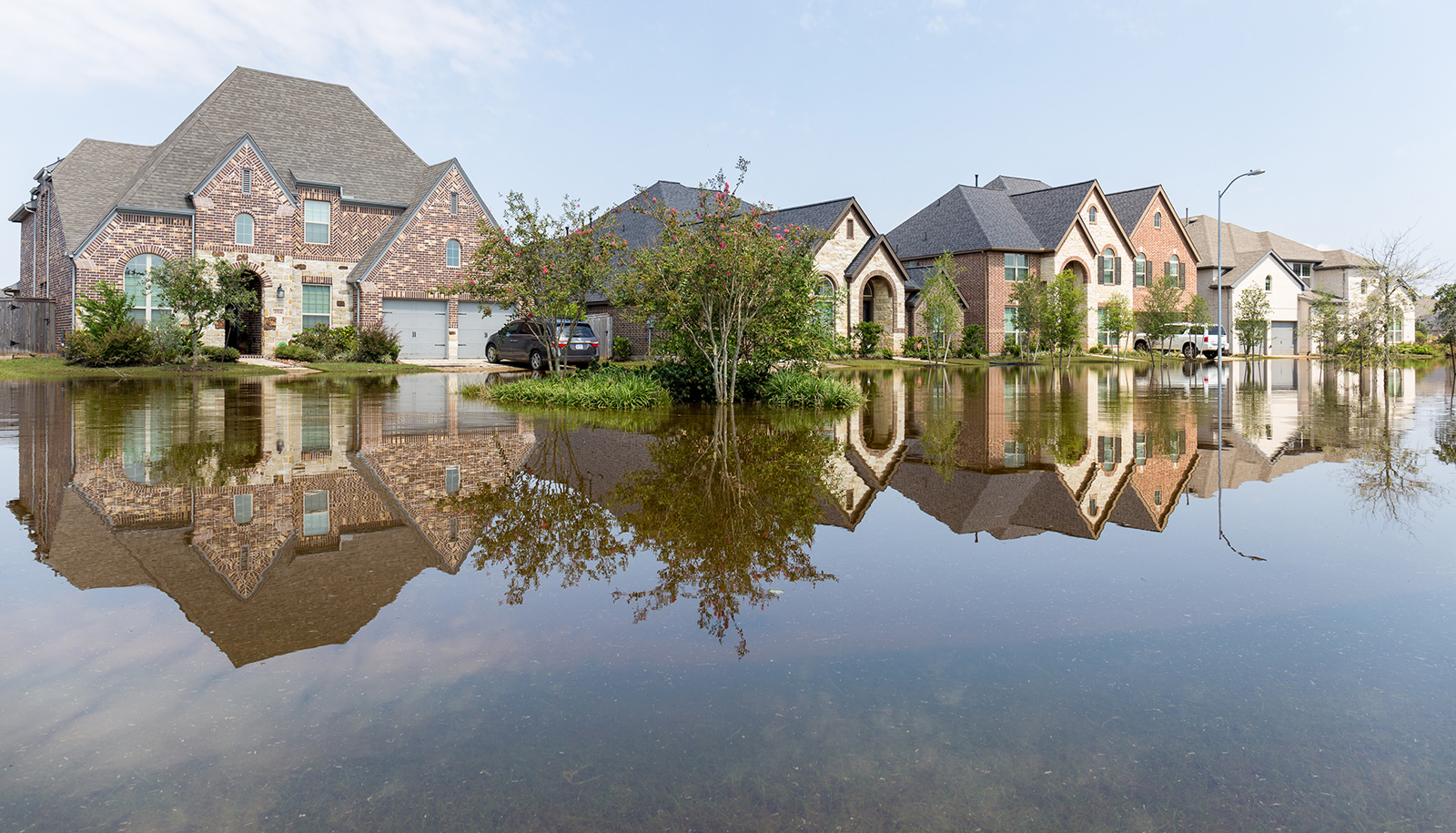Floods, often referred to as nature’s silent disasters, can wreak havoc on homes, properties, and livelihoods, causing financial devastation that can take years to recover from.
When it comes to flood insurance, two main options stand out: the National Flood Insurance Program (NFIP) and private flood insurance. This post provides an in-depth comparison of NFIP and private flood insurance, shedding light on their differences to help you make well-informed decisions about your flood insurance coverage.
NFIP POLICY VS. PRIVATE FLOOD INSURANCE
The National Flood Insurance Program (NFIP) is a federally administered initiative that was established in 1968 with the dual objectives of providing affordable flood insurance to property owners and encouraging community floodplain management.
Managed by the Federal Emergency Management Agency (FEMA), the NFIP offers coverage to homeowners, renters, and business owners, particularly in areas that take part in floodplain management efforts.
PRIVATE FLOOD INSURANCE VS. NFIP
Private flood insurance, offered by private insurance companies, has gained popularity as an alternative to NFIP coverage due to its potential for more comprehensive protection and tailored coverage options. Let’s take a closer look at the differences between the NFIP program and private flood insurance.
NFIP Features & Considerations
- Standardized Coverage Limits: NFIP offers standardized coverage limits, with a maximum of $250,000 for building property coverage and $100,000 for personal contents coverage. These limits might not sufficiently cover properties of higher value or those with extensive belongings.
- Limited Coverage Scope: While NFIP coverage provides a certain level of protection, it does come with limitations. For instance, coverage might not extend to basements, crawl spaces, or improvements made below the base flood elevation. This can leave homeowners vulnerable to significant losses.
- Premium Determinants: NFIP premiums are influenced by several factors, including the property’s location, the type of building, and its elevation relative to the base flood elevation. This standardized approach might not always accurately reflect the property’s individual flood risk.
- Government Backing: The government backing of NFIP provides a level of security, as FEMA manages claims. However, the bureaucratic nature of government agencies might result in delays in claims processing and disbursement.
Private Flood Insurance Features & Considerations
- Customizable Coverage: One of the significant advantages of private flood insurance vs. NFIP is the ability to customize coverage to align with individual needs. This includes covering specific property features that NFIP might exclude, such as basements or improvements below the base flood elevation.
- Higher Limits for Coverage: Private insurers aren’t bound by the standardized limits of NFIP, allowing them to offer higher coverage limits. This can be especially beneficial for homeowners with high-value properties or extensive belongings.
- Expanded Coverage Scope: Private flood insurance policies often cover a broader range of flood-related expenses, such as living expenses during displacement, detached structures, and even landscaping. This comprehensive coverage can provide greater peace of mind to policyholders.
- Efficient Claims Processing: The streamlined nature of private insurance companies often translates to quicker claims processing, thanks to less bureaucracy and red tape. This responsiveness can be crucial during the post-flood recovery phase.
- Advanced Risk Assessment Tools: Private insurers may also leverage more sophisticated risk assessment tools and technology to determine the property’s flood risk accurately. This can lead to more precise premium calculations, ensuring that policyholders pay a fair amount for their coverage.
WHAT’S THE DIFFERENCE BETWEEN NFIP & PRIVATE FLOOD INSURANCE?
Navigating the realm of flood insurance can be a complex task, but it’s essential to choose the option that aligns with your unique circumstances and priorities. As you contemplate the decision between NFIP vs. private flood, consider the following factors.
1. Property Value and Contents
NFIP: If your property falls within the standard limits set by NFIP for building property and contents coverage, and you’re primarily seeking coverage for a property within these limits, NFIP might suffice.
Private Flood Insurance: If your property’s value exceeds the NFIP limits or you own valuable belongings that require protection, private flood insurance offers the advantage of securing higher coverage limits. This can be particularly crucial if you own luxury items, art, or collectibles that need protection against flood damage.
2. Coverage Flexibility
NFIP: NFIP offers standardized coverage, so certain elements of your property might not be covered, such as basements or improvements below the base flood elevation. If you’re content with the standard coverage scope, NFIP could meet your needs.
Private Flood Insurance: If you desire more comprehensive coverage tailored to your property’s specific features and needs, private flood insurance allows for greater customization. This is especially beneficial if your property has unique attributes that require specialized coverage, like a finished basement or custom-built additions.
3. Risk Assessment and Premium Calculation
NFIP: NFIP determines premiums based on general factors such as location, building type, and elevation relative to the base flood elevation. If you’re comfortable with a standardized premium calculation, then choosing an NFIP may be right for you.
Private Flood Insurance: Private insurers often use advanced risk assessment tools to calculate premiums more accurately, considering specific property characteristics and localized flood risk. Private flood insurance could be the better choice if you prefer a premium that reflects your property’s individual risk profile.
4. Claims Processing and Responsiveness
NFIP: NFIP claims are managed by FEMA, a government agency. While the government backing provides a sense of security, claims processing might be subject to bureaucratic delays.
Private Flood Insurance: Private insurers typically offer a more streamlined claims process because of their independence. This can help with faster claims processing and disbursement, helping you recover more efficiently after a flood event.
5. Long-Term Perspective
NFIP: If you prioritize a long-term, government-backed solution with some limitations in coverage, NFIP aligns with this perspective.
Private Flood Insurance: If you’re seeking a comprehensive, tailored solution that can adapt to your evolving needs and the changing landscape of flood risk, private flood insurance might provide more flexibility.
Deciding between NFIP and private flood insurance is a decision that warrants careful consideration, given the potential financial consequences of flood-related damage. While NFIP provides a government-backed safety net with its standardized approach, private flood insurance offers tailored coverage, higher limits, and potentially more efficient claims processing.
As you evaluate your property’s value, location, and personal preferences, take the time to consult with insurance professionals who can guide you toward the most suitable option. A well-informed choice today can help you safeguard your property and financial stability against the uncertainties of tomorrow’s flood events.
If you need help finding the best homeowners insurance coverage for the best price, start by speaking to a SimplyIOA agent at 833.872.4467 or get a homeowners insurance quote online now.










